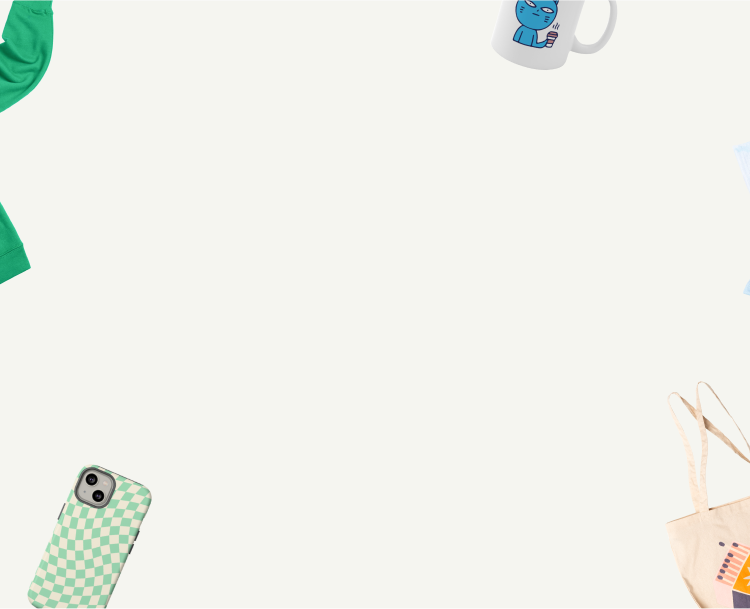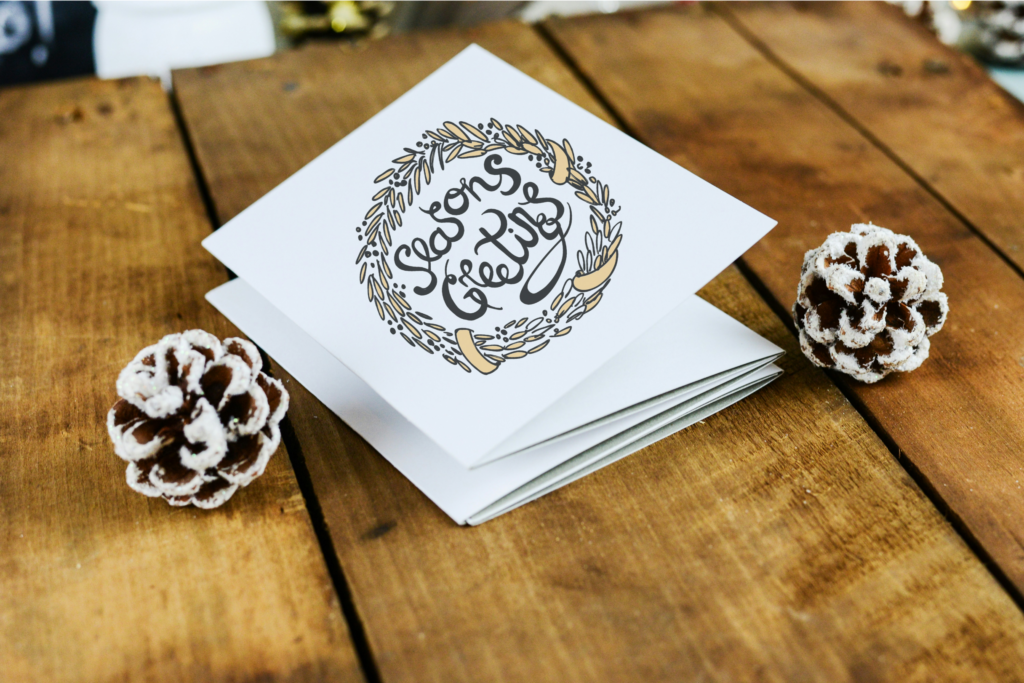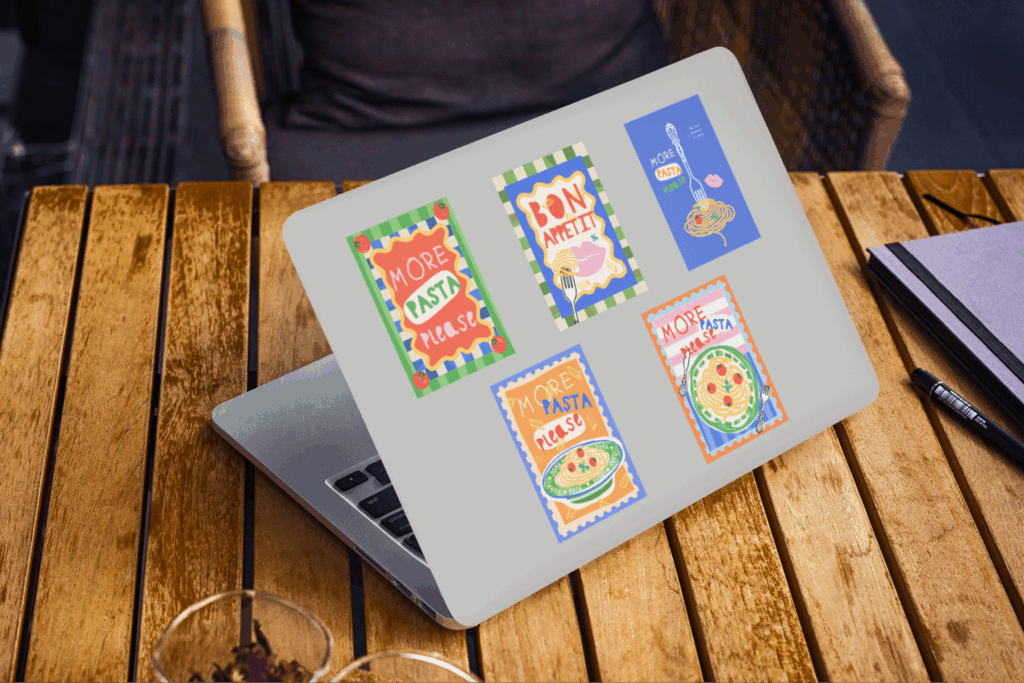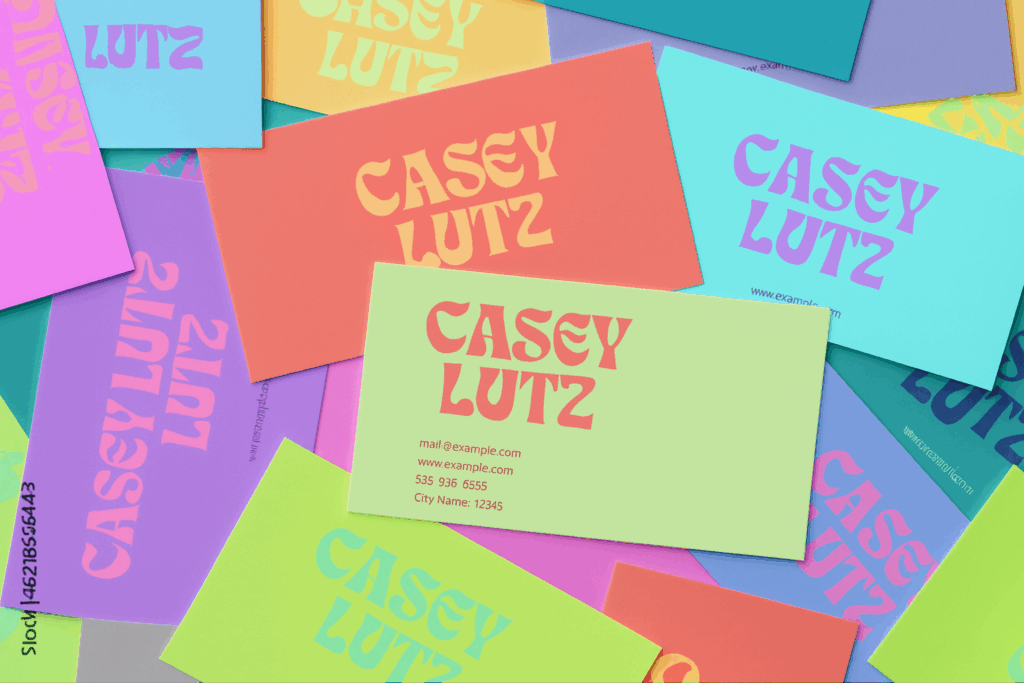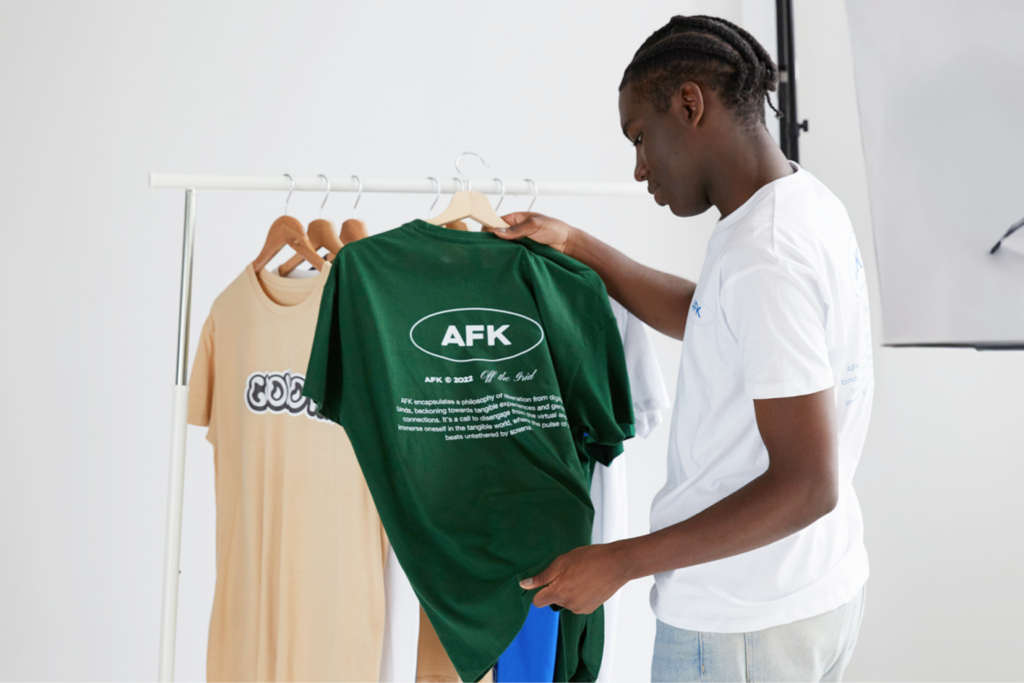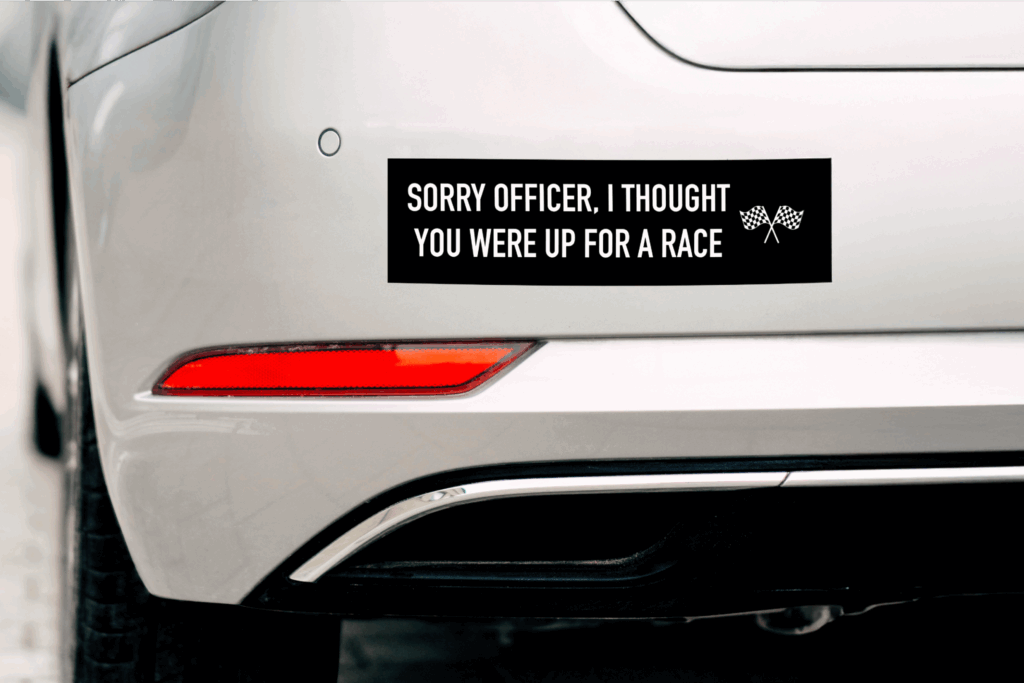Bring your design ideas to life
Choosing the right business card size plays a big role in someone’s first impression of your company. In this complete guide, we’ll cover the standard business card dimensions, design tips, and how to craft a professional look that puts your brand front and center.
This post may contain affiliate links, which means we may earn a commission if you make a purchase through those links. This comes at no additional cost to you.
What is the standard business card size?
There isn’t a single worldwide standard business card size – each region has its own preferred dimensions. These different sizes influence how your visual elements fit, and they’re crucial for print quality and ensuring enough extra space for your brand’s message.
Here’s a complete list of the most common choices:
| Region | Inches | Milimeters | Centimeters | Pixels (300 DPI) | Aspect ratio |
|---|---|---|---|---|---|
| US and Canada | 3.5 x 2 | 89 x 51 | 8.9 x 5.1 | 1050 x 600 | 1.75 |
| UK and Europe | 3.35 x 2.17 | 85 x 55 | 8.5 x 5.5 | 1005 x 651 | 1.75 |
| Japan | 3.58 x 2.17 | 91 x 55 | 9.1 x 5.5 | 1074 x 651 | 1.65 |
| South America | 3.54 x 1.97 | 90 x 50 | 9 x 5 | 1062 x 591 | 1.8 |
| China | 3.54 x 2.12 | 90 x 54 | 9 x 5.4 | 1062 x 636 | 1.67 |
| India | 3.54 x 2.16 | 90 x 55 | 9 x 5.5 | 1062 x 648 | 1.64 |
| Australia and NZ | 3.54 x 2.17 | 90 x 55 | 9 x 5.5 | 1062 x 651 | 1.64 |
Not every business card has to be standard. Square business cards, rounded corner business cards, and other creative shapes can help your brand stand out. Just remember to adapt your design to fit your chosen shape.
Vertical vs horizontal business cards: Which to choose?
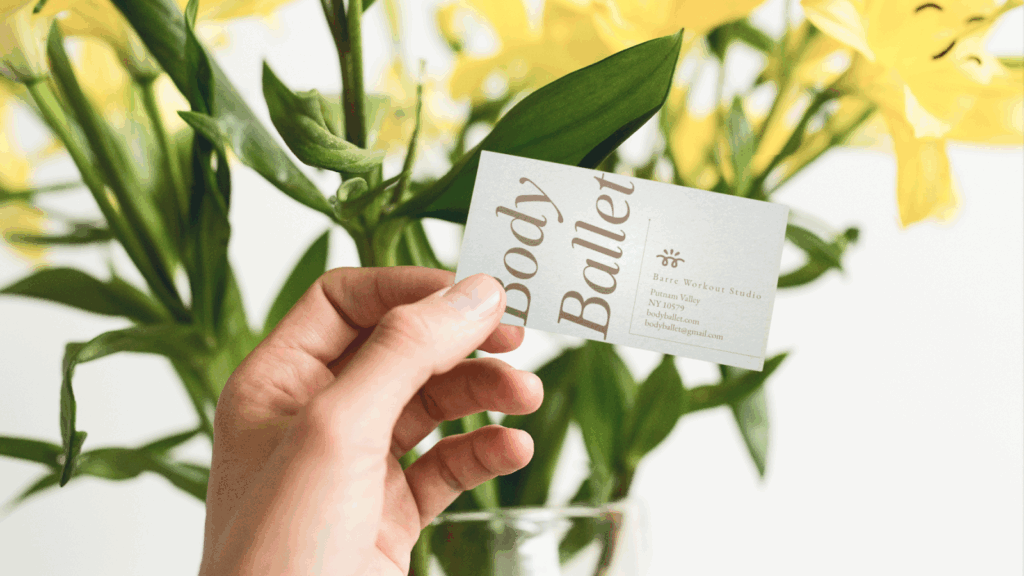
When it comes to making a memorable first impression, the shape and layout of your business cards can make a huge difference. The orientation you pick says a lot about your brand and how you want to be remembered.
Horizontal business cards: The classic choice
Horizontal business cards are the most popular style by far. They’re timeless, versatile, and fit snugly into standard card holders and wallets – no awkward fumbling for your new customers.
This version is perfect if you want to stick to a standard size and shape and make the most of every bit of space to design an appealing and organized look.
Here’s what makes them great:
- Clear and readable design elements.
- Traditional paper stock options like matte, glossy, or even rounded corners for a softer edge.
- Plenty of room for logos, contact details, and your brand slogan.
- Works with tried-and-tested templates.
They’re the gold standard for a reason. If your business wants to print cards that look professional and are easy to hand out, horizontal is a safe and solid bet.
Vertical business cards: Stand out in style
Ready to break the mold? Vertical business cards flip the script and demand attention. By turning your design upright, you immediately stand out, no matter how many other cards your new customers collect.
Vertical cards are perfect for:
- Modern, creative brands that want to design a more unique vibe.
- Visually striking graphics or logos that deserve to be showcased in a fresh way.
- Square business cards or other shapes that aren’t quite so… square.
But there’s a catch: vertical cards might not fit as neatly into standard wallets or card holders if you choose an unusual shape.
But if you want to push boundaries and highlight your innovative side, vertical is a fabulous choice. Just be sure to consider the bleed size and how your design flows from top to bottom.
Mastering business card design: Guidelines and tips for beginners
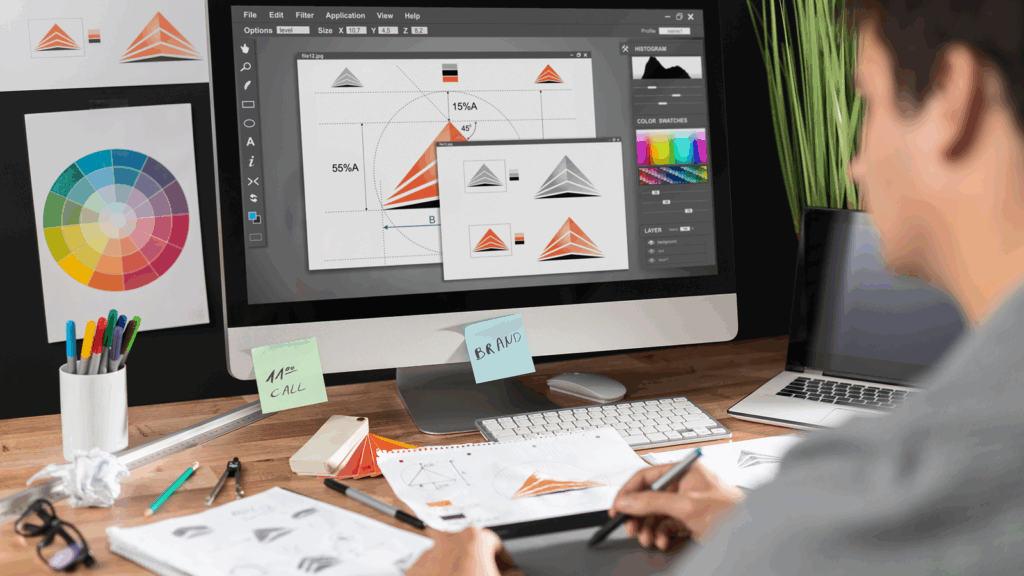
From choosing the right paper stock to perfecting the business card size, let’s cover some essential tips to help beginners craft standout cards.
Use high-quality images and fonts
Crisp, clear images and clean, professional fonts instantly amp up your business cards’ impact.
Avoid pixelated logos or cluttered text, as these can cheapen your card’s feel.
Instead, use high-resolution logos and easy-to-read fonts that match your brand. Keep it simple and consistent across your design elements for the best effect.
Don’t forget the bleed area
A bleed area ensures your business cards look polished after printing – no accidental white borders.
If you’re designing in software like Adobe Illustrator, expand your setup by 1/8 inch (about 3.175 mm) on each side.
This makes the final file size around 3.75 x 2.25 inches, just right for US business card dimensions.
High gloss vs matte finish
A glossy finish gives your business cards a shiny, vibrant feel – great for colorful or photo-heavy designs.
Matte finishes offer a sophisticated, glare-free look, ideal for more subtle design elements.
Consider your brand’s vibe. Bold and flashy? Go glossy. Sleek and modern? Matte is your friend.
Use design templates for inspiration
Feeling stuck? Explore pre-made templates for a head start.
Sites like Adobe and Canva offer thousands of easy-to-edit templates in the standard business card size.
These templates help ensure proper outline, image placement, and typography, especially for beginners. Just swap in your brand details and boom – you have your own professional design.
Design and order custom business cards with Printify
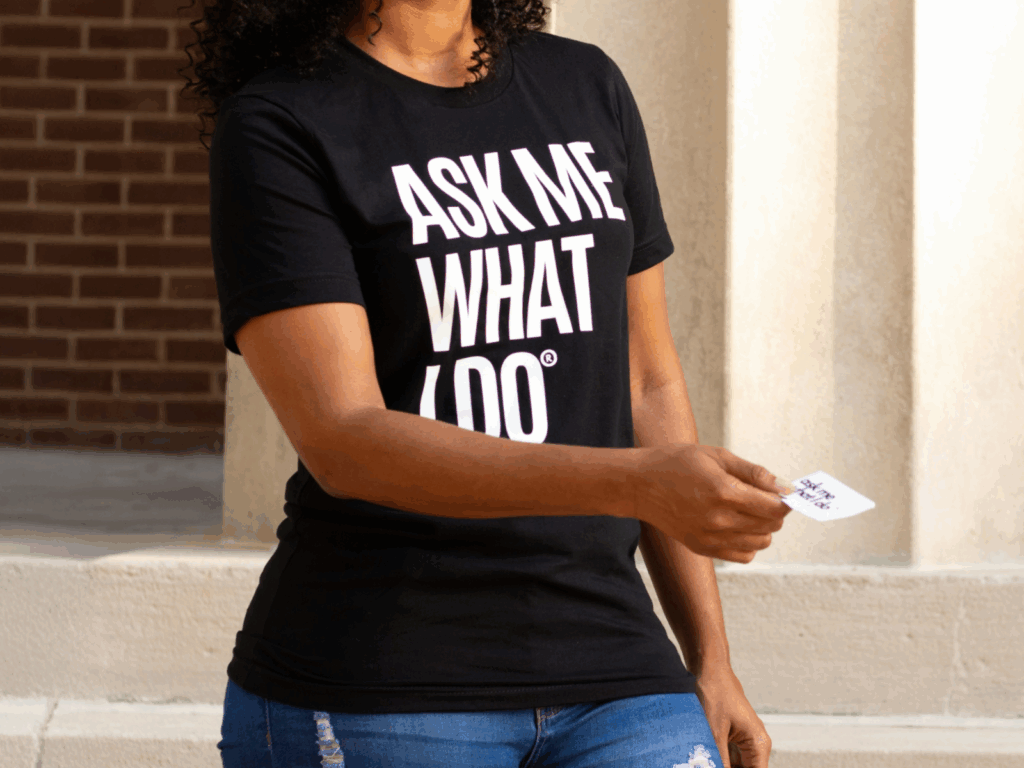
Printify’s print-on-demand services make creating and ordering business cards a breeze. With ready-made templates and easy tools, you can design professional cards that match your brand perfectly.
Sign up
Register for a free Printify account and start making business cards in minutes! You don’t need design skills – just creativity and your brand vision.
Choose a business card
Browse our Catalog and choose a product. From classic options with standard business card dimensions to sleek holders, we’ve got what you need.
Apply your design and order
Use our free Product Creator to add a custom design or start from scratch using AI tools, free graphics, the pattern creator, and a text editor. Place your order, and we’ll print and ship it straight to your door.
FAQ
The typical size in the US and Canada is as follows:
Business card size (mm): 89 x 51
Business card size (inches): 3.5 x 2
Business card size (cm): 8.9 x 5.1
You’ll find the complete list earlier in the article. When designing your cards, remember to consider the bleed size and other factors like rounded corners and print file dimensions.
The standard for business cards in the US is 3.5 x 2 inches. This size ensures a snug fit for business card holders and wallets.
The standard business card dimensions in cm are approximately 8.9 x 5.1 cm. These dimensions ensure your business card has a sleek, classic look, suitable for all professional needs.
No, A8 paper measures about 2.9 x 2 inches, while standard business cards are typically 3.5 x 2 inches.
Most holders accommodate around 3.5 x 2 inches, with a bit of extra room to fit rounded-corner business cards and square business cards.
Keep your business card text between 7 and 12 points for clear print and legibility. This ensures your brand and contact details are easy to read on the business card dimensions.
The most common size for a high-quality print is about 1050 x 600 pixels at 300 DPI. This ensures your design is crisp and professional.
Conclusion
With these size guidelines and design tips, you’re ready to craft professional business cards that represent your brand with style. Whether you choose classic or creative shapes, remember: your card’s size, layout, and finish make a lasting first impression.
